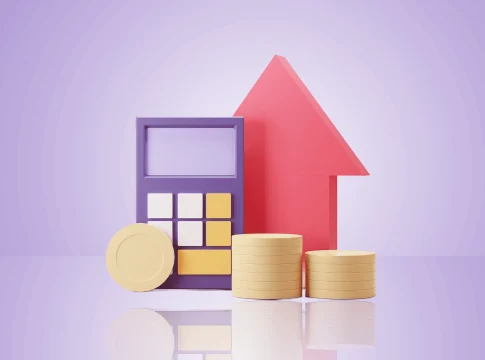Understanding Current CD Rates: Key Influences and Choosing the Right Option
Certificates of Deposit, or CDs, can be a solid way to earn interest on your savings, but the rates they offer can fluctuate based on a variety of factors. Let’s explore what influences these rates and how to choose the right CD to meet your financial goals.
The Federal-Funds Rate: A Major Player
One of the most significant factors impacting CD rates is the federal-funds rate set by the Federal Reserve. This rate serves as a benchmark for interest rates across the economy. In late 2024, as the Fed began lowering this benchmark, many banks responded by cutting their CD rates. However, following the Fed’s decision in June 2025 to maintain a steady rate, we can expect CD rates to stabilize for the time being.
The Bank’s Business Goals
How a bank or credit union sets its CD rates often reflects its business objectives. Financial institutions must find the right balance between the interest they pay to depositors and the rates they charge borrowers. For example, if a bank lends money at 9% APR, it may offer a 4.65% yield on a six-month CD. This allows the bank to attract deposits while still maintaining profitability through lending.
Term Length Can Shift Rates
The term length of a CD also plays a significant role in the interest rate offered. If a bank anticipates the Fed will lower rates, it may offer higher yields on short-term CDs to attract customers. When these CDs mature, depositors may need to renew at lower rates. Conversely, if a bank expects interest rates to rise, it might incentivize longer-term CDs with higher yields to keep money in place longer.
Making the Right Choice for Your Financial Goals
When comparing CD rates, consider your financial aspirations:
-
Timing Your Access: Think about when you’ll need access to your funds. If you’re saving for something in the near future, a short-term CD may be more appropriate. Long-term CDs are ideal if you want to lock in a yield without immediate withdrawal needs.
-
Commitment Level: Determine how much money you’re willing to commit to CDs. Including them in your financial portfolio can boost returns on cash, although they come with less liquidity. Jumbo CDs often offer higher returns but require larger deposits. A CD laddering strategy can help you access some of your cash without locking it all away.
- Future Trends: Stay informed about projected trends in CD rates. If you believe rates will fall, locking in a medium- to long-term CD with a competitive rate might be wise. Conversely, if rates could rise, a short-term CD may give you the flexibility to reinvest at potentially better rates later on.
Final Thoughts
Navigating the waters of CD rates doesn’t have to be daunting. By understanding the influences at play and considering your financial needs, you can make informed choices that align with your goals. Whether you’re looking to save for a specific objective or simply grow your cash, there’s a CD strategy that can work for you. Keep an eye on current rates and trends, and you’ll be well on your way to making your money work better for you.

Writes about personal finance, side hustles, gadgets, and tech innovation.
Bio: Priya specializes in making complex financial and tech topics easy to digest, with experience in fintech and consumer reviews.

